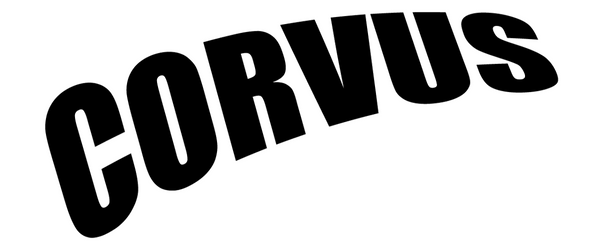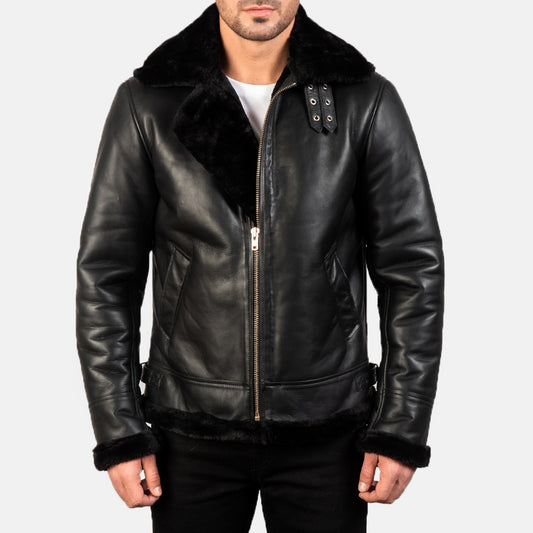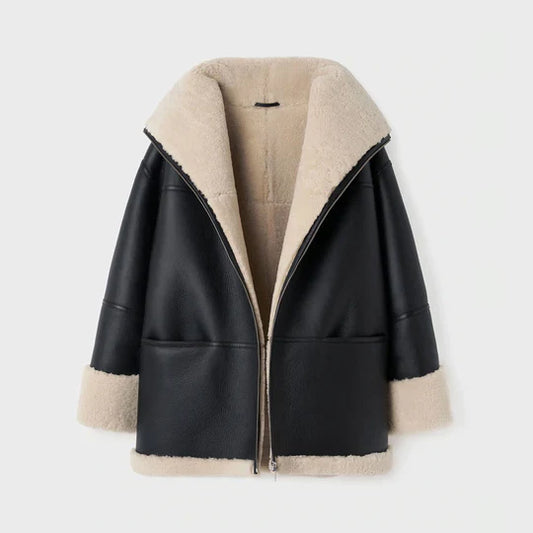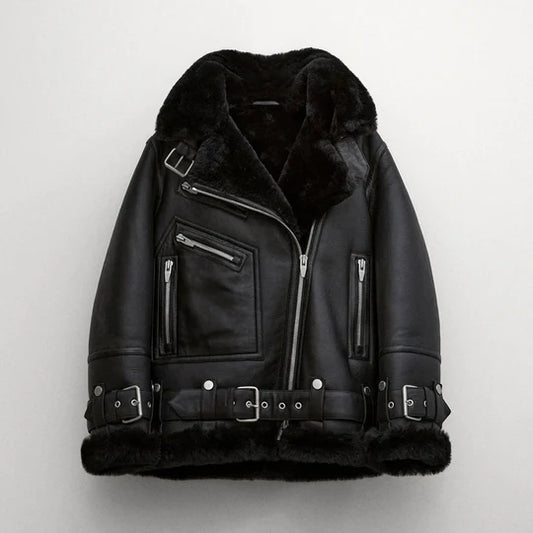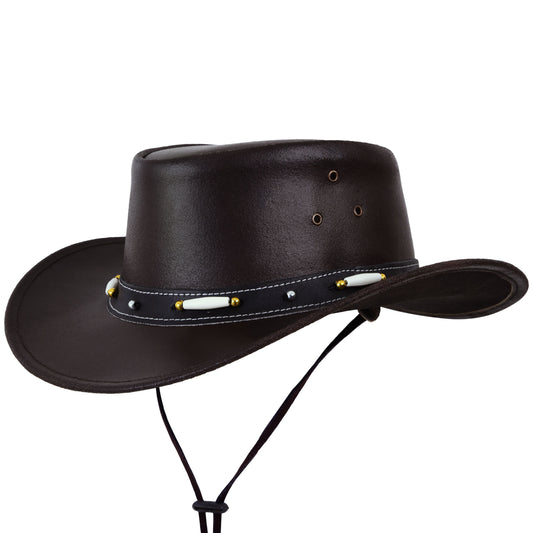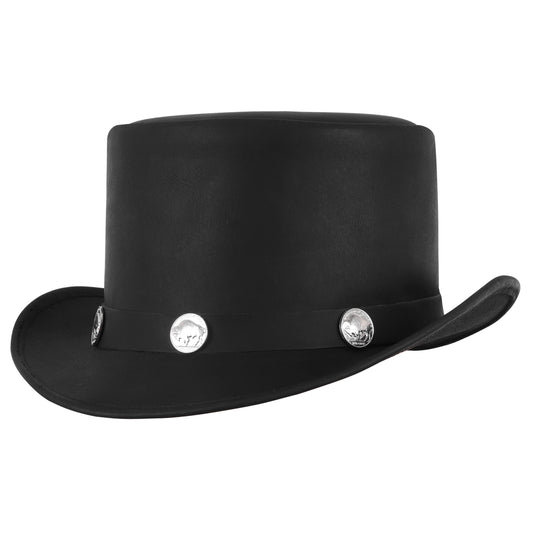Polo belts, often associated with equestrian sports, have transcended their functional beginnings to become a symbol of timeless style and sophistication. Originating from the world of polo, these belts have seamlessly integrated into the fashion landscape, offering a unique blend of heritage and contemporary flair. In this comprehensive guide, we delve into the rich history and evolution of polo belts, exploring their journey from practical accessories to coveted fashion statements.
A Brief History of Polo Belts
The history of polo belts traces back to the aristocratic sport of polo, which originated in ancient Persia and later gained popularity in British colonial India. As the sport spread across the globe, polo players sought durable and stylish accessories to complement their attire during matches. It was during this time that the iconic polo belt was born.
What are Polo Belts?
Polo belts are stylish accessories with origins in the world of equestrian sports, particularly polo. These belts are crafted from high-quality materials, typically leather, and feature intricate weaving patterns that add both aesthetic appeal and functionality. While they were initially designed for practical purposes, such as securing polo players' pants during matches, polo belts have evolved into fashion statements beloved by enthusiasts worldwide.
Material Composition and Construction
Polo belts are predominantly made from premium leather, renowned for its durability and luxurious texture. The leather used in crafting polo belts undergoes a meticulous tanning process to enhance its strength and longevity, ensuring that the belts withstand the rigors of regular wear.
In addition to leather, some modern polo belts may incorporate alternative materials such as canvas or fabric, offering a contemporary twist on the traditional design. However, leather remains the preferred choice for its timeless appeal and exceptional quality.
The construction of polo belts involves skilled craftsmanship, with artisans meticulously weaving strands of leather or other materials to create intricate patterns. These patterns, often inspired by traditional motifs or cultural influences, contribute to the unique aesthetic of each polo belt.
Design Elements and Patterns
One of the defining features of polo belts is their elaborate weaving patterns, which vary in complexity and style. The most iconic pattern associated with polo belts is the "pampa" design, characterized by its diagonal stripes and intricate interlocking weave.
In addition to the classic pampa pattern, polo belts may feature a variety of other designs, ranging from geometric shapes to floral motifs. These patterns are often hand-woven by skilled artisans, adding a touch of artistry and craftsmanship to each belt.
The color palette of polo belts is equally diverse, with options ranging from classic neutrals such as brown and black to vibrant hues like red, blue, and green. Some polo belts may also incorporate contrasting colors or metallic accents for added visual interest.
Overall, the design elements and patterns of polo belts reflect a harmonious blend of tradition and innovation, making them versatile accessories that complement a wide range of outfits and personal styles.
Cultural Significance of Polo Belts
Polo belts hold significant cultural value, deeply rooted in the rich heritage of the polo sport and transcending geographical boundaries. Beyond their practical function as accessories, polo belts symbolize tradition, prestige, and camaraderie, making them revered artifacts in various societies around the world.
Origins in Polo Sport Culture
The origins of polo belts can be traced back to the aristocratic world of polo, a sport with ancient roots in Persia and a long-standing tradition in countries like Argentina, England, and the United States. As polo gained popularity globally, so did the iconic polo belt, initially serving a functional purpose on the polo field.
Polo belts were originally worn by players to secure their pants during intense matches, ensuring freedom of movement while riding horses and wielding mallets. The distinctive weaving patterns of polo belts, such as the classic "pampa" design, became synonymous with the sport's heritage and prestige, reflecting the camaraderie and sportsmanship shared among players.
Symbolism in Different Societies
In various societies, polo belts carry symbolic significance beyond their association with the sport of polo. In Argentina, for example, where polo enjoys widespread popularity and is often referred to as the "sport of kings," polo belts symbolize elegance, sophistication, and social status. They are worn not only by polo players but also by fashion-conscious individuals seeking to emulate the refined lifestyle associated with the sport.
In England, the birthplace of modern polo, polo belts evoke a sense of tradition and heritage, serving as emblematic accessories worn during prestigious polo events such as the Gold Cup and the Queen's Cup. The presence of polo belts at these events reinforces the sport's aristocratic origins and underscores its enduring appeal among elite circles.
In the United States, polo belts have gained traction among preppy subcultures and fashion enthusiasts, who appreciate their timeless aesthetic and versatile styling options. Whether paired with casual attire for a laid-back look or dressed up with tailored separates for a sophisticated ensemble, polo belts exude an air of effortless elegance that resonates with American sensibilities.
Fashion Trends and Polo Belts
Polo belts have experienced a resurgence in the fashion world, emerging as must-have accessories that effortlessly blend style and functionality. Their rise in popularity can be attributed to evolving fashion trends, innovative design interpretations, and the influence of celebrities and fashion icons.
Rise of Polo Belts in Fashion
In recent years, polo belts have transitioned from niche accessories worn primarily by equestrian enthusiasts to mainstream fashion staples embraced by individuals across different style sensibilities. This shift can be attributed to several factors:
- Heritage Appeal: Polo belts exude an air of timeless elegance and sophistication, thanks to their rich heritage and association with the aristocratic sport of polo. Fashion-conscious consumers are drawn to the authenticity and craftsmanship embodied by polo belts, making them coveted additions to their wardrobes.
- Versatile Styling: One of the key factors contributing to the rise of polo belts in fashion is their versatility in styling. These accessories seamlessly complement a wide range of outfits, from casual denim ensembles to tailored suits, adding a touch of refinement and personality to any look.
- Innovative Designs: Contemporary designers have reimagined the classic polo belt, infusing it with modern elements and innovative materials. From bold color combinations to intricate weaving patterns, the latest iterations of polo belts offer a fresh take on this traditional accessory, appealing to fashion-forward consumers seeking unique statement pieces.
Celebrity Endorsements and Influence
The endorsement of polo belts by celebrities and fashion influencers has played a significant role in propelling them into the spotlight and solidifying their status as must-have accessories. Influential figures from the worlds of entertainment, sports, and social media have been spotted sporting polo belts in various settings, amplifying their visibility and desirability among a broader audience.
- Red Carpet Appearances: Celebrities often wear polo belts to red carpet events and high-profile gatherings, showcasing their style and sophistication. These appearances generate widespread media coverage and set trends that trickle down to mainstream fashion.
- Brand Collaborations: Luxury fashion houses and renowned designers frequently collaborate with polo belt manufacturers to create exclusive collections that resonate with their target demographic. These collaborations leverage the star power of celebrities and influencers to create buzz and drive sales.
Practical Uses of Polo Belts
Gaucho belts, while revered for their aesthetic appeal, also serve practical purposes that make them indispensable accessories in various settings. From their origins in equestrian activities to their versatility in everyday wear, polo belts offer a blend of functionality and style that resonates with a wide range of individuals.
Functionality in Equestrian Activities
Originally designed for use in polo matches, polo belts serve a functional role in equestrian activities by providing support and stability to riders during gameplay. The sturdy construction and secure fastening of polo belts ensure that riders' pants remain in place, allowing for unrestricted movement and agility while mounted on horses.
In addition to their role in polo, polo belts are also utilized in other equestrian disciplines such as show jumping, dressage, and eventing. Riders rely on the durability and reliability of polo belts to maintain their professional appearance and focus on their performance without worrying about wardrobe malfunctions.
Style Versatility in Casual and Formal Wear
Beyond their functionality in equestrian sports, polo belts have transcended their utilitarian origins to become versatile accessories that seamlessly transition between casual and formal occasions.
Polo belts offer versatility in styling options, allowing individuals to mix and match colors and patterns to suit their personal taste and wardrobe preferences. Whether worn as a subtle accent or a bold statement piece, polo belts enhance the overall aesthetic of any outfit, making them indispensable accessories for fashion-conscious individuals.
Polo Belts in Art and Design
Polo belts have inspired artists and designers across various creative disciplines, serving as muse and motif for a wide array of artistic creations. From paintings and sculptures to fashion designs and home décor, the iconic patterns and rich heritage of polo belts have left an indelible mark on the world of art and design.
Influence on Artistic Creations
The intricate weaving patterns and vibrant colors of polo belts have captured the imagination of artists, inspiring them to incorporate these elements into their creative works. Painters, for example, may draw inspiration from the geometric motifs of polo belts to create abstract compositions that explore themes of movement, rhythm, and symmetry.
Similarly, sculptors may use the texture and form of polo belts as a starting point for sculptural pieces that explore concepts of strength, unity, and tradition. Whether rendered in canvas, clay, metal, or other mediums, artistic interpretations of polo belts often evoke a sense of elegance and sophistication, paying homage to the timeless allure of this iconic accessory.
Collaborations with Designers
In the world of fashion and design, polo belt manufacturers frequently collaborate with renowned designers and brands to create exclusive collections that showcase the versatility and style of polo belts. These collaborations bring together the expertise of traditional artisans with the innovation and creativity of contemporary designers, resulting in unique and covetable creations.
Designers may reinterpret the classic polo belt motif in their own distinctive style, infusing it with modern elements and materials to appeal to a broader audience. Limited-edition collections featuring polo belts may include everything from apparel and accessories to footwear and home furnishings, offering consumers an opportunity to incorporate the timeless elegance of polo belts into their everyday lives.
Collaborations between polo belt manufacturers and luxury fashion houses have introduced innovative designs and elevated craftsmanship to the market, attracting discerning clientele who value quality and exclusivity. These partnerships not only showcase the enduring appeal of polo belts but also reinforce their status as symbols of refinement and sophistication in the world of fashion and design.
Regional Variations in Polo Belt Usage
Polo belts exhibit diverse regional variations in their usage, reflecting the cultural nuances and aesthetic preferences of different countries and regions. From traditional patterns rooted in polo-playing nations to contemporary interpretations influenced by global fashion trends, the versatility of polo belts lends itself to a wide range of styles and adaptations across the globe.
Different Styles Across Countries
Argentina:
In Argentina, the birthplace of modern polo, Argentine polo belts hold deep cultural significance and are closely associated with the country's equestrian heritage. Argentine polo belts often feature bold colors and intricate weaving patterns inspired by traditional Argentine motifs, reflecting the vibrancy and dynamism of the local culture. These belts are worn not only by polo players but also by fashion-conscious individuals seeking to embrace the country's rich polo tradition.
England:
In England, where polo enjoys a long-standing tradition among the aristocracy, polo belts are revered for their timeless elegance and sophistication. English polo belts typically feature classic designs and subdued color palettes, evoking a sense of tradition and refinement. They are often worn during prestigious polo events and social gatherings, serving as emblematic accessories that symbolize the country's enduring polo culture.
United States:
In the United States, polo belts have gained popularity among preppy subcultures and fashion enthusiasts, who appreciate their versatile styling options and contemporary aesthetic. American polo belts may feature modern interpretations of traditional patterns, incorporating bold colors and playful motifs to reflect the country's youthful and eclectic fashion sensibilities. These belts are often worn as statement pieces that add personality and flair to casual and formal attire alike.
Cultural Adaptations and Interpretations
In addition to regional variations in style, polo belts undergo cultural adaptations and interpretations that reflect the unique identity and heritage of each locality. In some countries, polo belts may be incorporated into traditional attire or ceremonial costumes, serving as symbols of cultural pride and identity.
For example, in countries with strong equestrian traditions such as Spain and Mexico, polo belts may be worn as part of traditional riding attire during festive celebrations or religious ceremonies. In these contexts, polo belts serve not only as fashion accessories but also as markers of social status and cultural heritage.
The global popularity of polo belts has led to cross-cultural collaborations and exchanges, resulting in hybrid styles that blend elements of different traditions and influences. These cultural fusions highlight the universal appeal of polo belts and underscore their ability to transcend geographical boundaries and cultural barriers.
Conclusion
In summary, polo belts are versatile accessories that seamlessly blend style and functionality. Originating from the world of polo, these belts have evolved into iconic fashion statements, transcending borders and cultures with their timeless elegance and heritage appeal. Whether worn on the polo field or in everyday life, polo belts remain symbols of tradition and sophistication, beloved by enthusiasts worldwide for their versatility and timeless charm.
